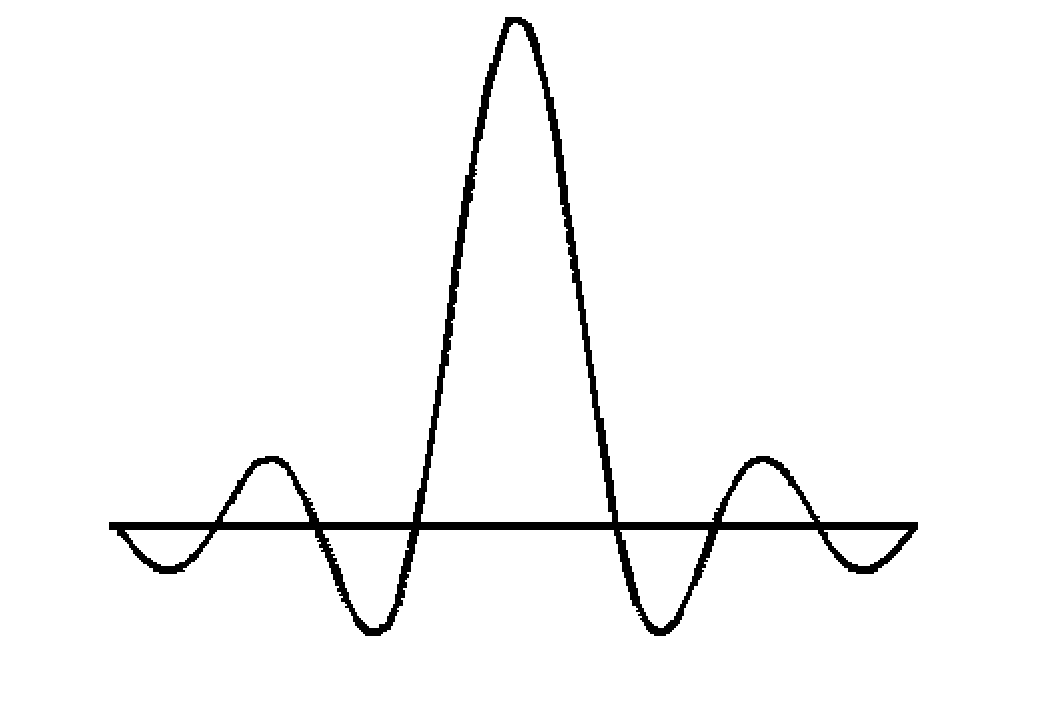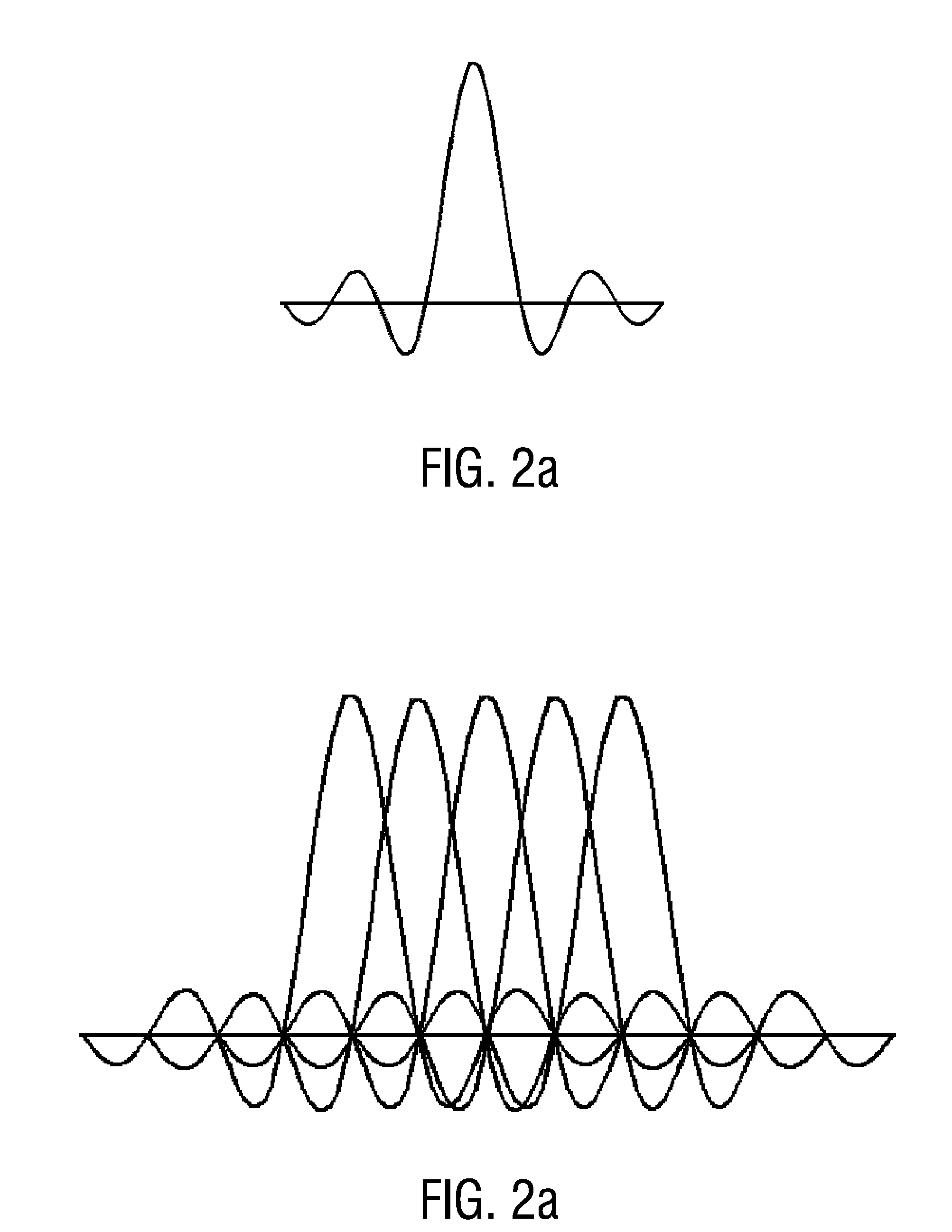Channel estimation of multi-carrier signal with selection of time or frequency domain interpolation according to frequency offest of continuous pilot
- Summary
- Abstract
- Description
- Claims
- Application Information
AI Technical Summary
Benefits of technology
Problems solved by technology
Method used
Image
Examples
Embodiment Construction
[0034]In the diagrams, like numbers refer to like objects throughout.
[0035]FIG. 1 shows a very simplified block diagram of an equalizer according to the state of the art. Only the blocks relevant to the following discussion are shown, and it will be understood that equalization involves a much greater number of stages than shown here, such as blocks for performing discrete fast-Fourier transformations, forward error correction, etc., as will be known to a person skilled in the art. A received multi-carrier signal y is input to an equalizer 10, where a first interpolator 11 performs static equalization, and a second interpolator 12 performs frequency-domain interpolation. The system can switch between the two equalizers, for example using one of the techniques of the prior art documents mentioned in the introduction. At the same time, the input signal y is delayed in a delay block 7 to compensate for the fact that the time-domain interpolation requires a certain length of time, for i...
PUM
 Login to View More
Login to View More Abstract
Description
Claims
Application Information
 Login to View More
Login to View More - R&D
- Intellectual Property
- Life Sciences
- Materials
- Tech Scout
- Unparalleled Data Quality
- Higher Quality Content
- 60% Fewer Hallucinations
Browse by: Latest US Patents, China's latest patents, Technical Efficacy Thesaurus, Application Domain, Technology Topic, Popular Technical Reports.
© 2025 PatSnap. All rights reserved.Legal|Privacy policy|Modern Slavery Act Transparency Statement|Sitemap|About US| Contact US: help@patsnap.com



